Peter Minuit Sent
from the Netherlands in 1626 to govern New Amsterdam, Peter Minuit
(1580–1638) was so disliked by his subjects that they welcomed British
occupation. Alexander Hamilton Revolutionary
leader and first Secretary of the Treasury, Hamilton’s (1755–1804)
business-friendly policies were instrumental in New York’s emergence as
the financial center of the U.S. He lost his life in a duel with
political opponent Aaron Burr and is buried in Trinity Church graveyard.
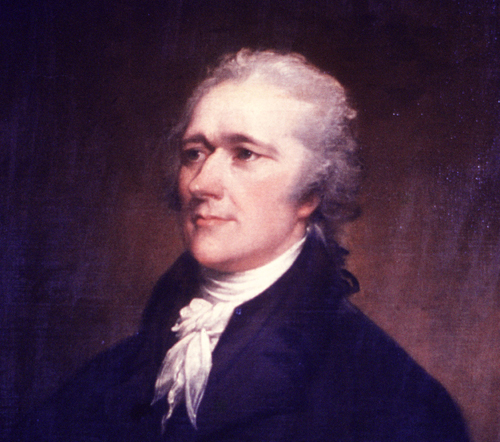
Alexander Hamilton
William “Boss” Tweed The
political leader of Tammany Hall, Tweed (1823–78) became the living
embodiment of political corruption, kickbacks, and payoffs. It is
estimated that he and his associates took up to $200 million from the
city. To hide his crime, he did good works, building orphanages, public
baths, and hospitals, but died in prison. DeWitt Clinton Mayor
of the city, governor of the state, and U.S. senator, Clinton
(1769–1828) is best remembered for negotiating the construction of the
Erie Canal in 1817–25. By connecting the Great Lakes to the Hudson
River, he helped to secure New York’s future as a predominant seaport.
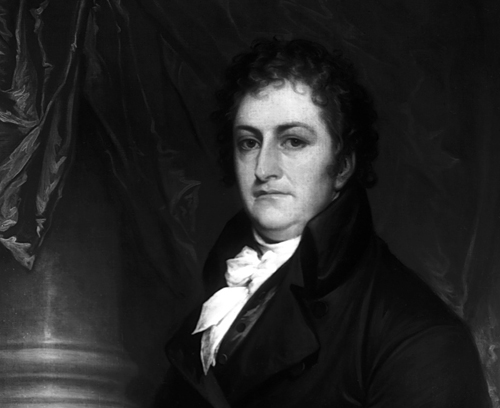
DeWitt Clinton
Jacob Riis Appalled
by immigrant living conditions, Riis (1849–1914), a social reformer,
writer, and photographer, used photos taken in tenements to illustrate
his stories, shocking the middle class and motivating them to act. His
1888 article, Flashes from the Slums, and his book, How the Other Half Lives, brought national attention.

Jacob Riis
John D. Rockefeller, Jr. The
largess of John D. Rockefeller, Jr. (1874–1960) helped support housing
in Harlem, the Bronx, and Queens, created Fort Tryon Park and the
Cloisters, and provided land for the United Nations. The construction of
Rockefeller Center employed thousands at the height of the depression and gave the city an enduring landmark.
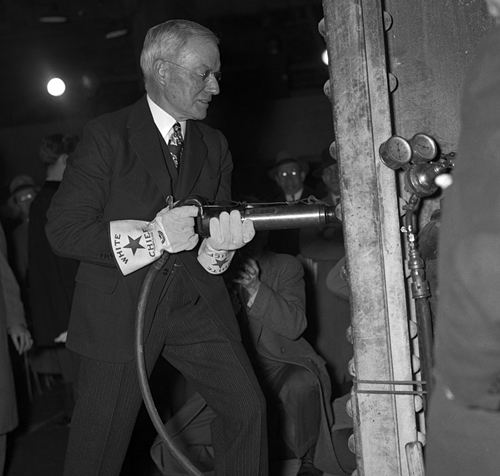
John D. Rockefeller, Jr.
Fiorello LaGuardia Considered
the city’s best mayor, after his election in 1933 LaGuardia (1882–1947)
modernized and centralized a chaotic city government, eliminated waste,
unified the transit system, and obtained federal funds to help the
city. A man of the people, he is remembered for reading the comics on
the radio during a city newspaper strike. Robert Moses As
construction supervisor and parks commissioner from the 1930s–1950s,
Moses (1888–1981) vastly enlarged and upgraded the city’s recreational
areas, but he also covered the city with highways rather than develop a
public transport system and was responsible for urban renewal projects
that razed many neighborhoods in favor of high-rises.
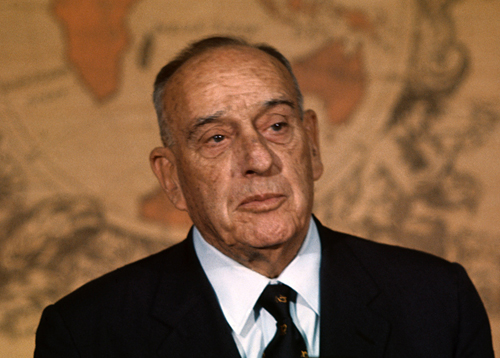
Robert Moses
Donald Trump “The
Donald” (b. 1946), the flamboyant real estate wheeler-dealer, has left
an indelible mark on New York. The huge Trump Place development
overlooks the Hudson River, while the cheapest condo in the world’s
highest residential building, Trump World Tower, costs close to $1
million. Rudolph Giuliani Mayor
Rudy Giuliani (b. 1944) is widely credited with reducing crime, making
the city cleaner, and upgrading quality of life for most New York
citizens during his tenure, 19932001. Once controversial for his strong
personality, his leadership following the attack on the World Trade
Center rallied a stunned city and won praise at home and abroad.
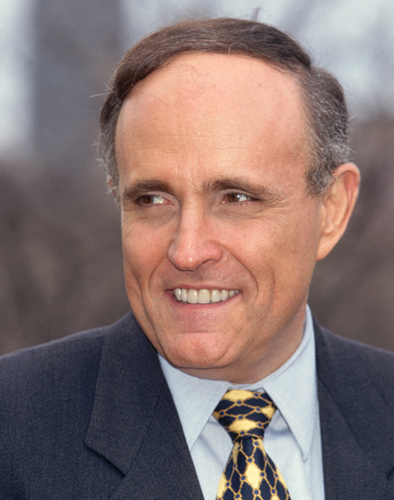
Rudolph Giuliani
Top 10 Dates in New York History
1626 Peter Minuit buys Manhattan from the natives. Beads and trinkets worth about $24 accomplished this ultimate real estate deal. 1664 The British take Manhattan from the Dutch. New Amsterdam becomes New York. 1789 George
Washington is inaugurated as first president and takes his oath of
office in Federal Hall. New York serves as the first U.S. capital. 1792 New
York Stock Exchange opens; 24 traders sign an agreement beneath a tree
on Wall Street, and the city becomes a financial center. 1859 Central Park opens and the city gains a green center enjoyed by millions every year. 1886 The
Statue of Liberty is unveiled, becoming the symbol of freedom for
millions of immigrants, who form a “melting pot” of nationalities. 1898 The five boroughs unite to form New York, the world’s second largest city. 1931 The Empire State Building establishes New York as the world’s skyscraper capital. 1952 The city becomes home to the United Nations headquarters. 2001 Terrorists use hijacked planes to destroy the towers of the World Trade Center.
|